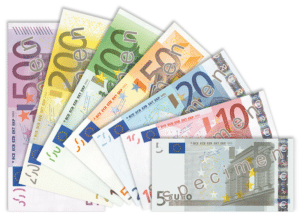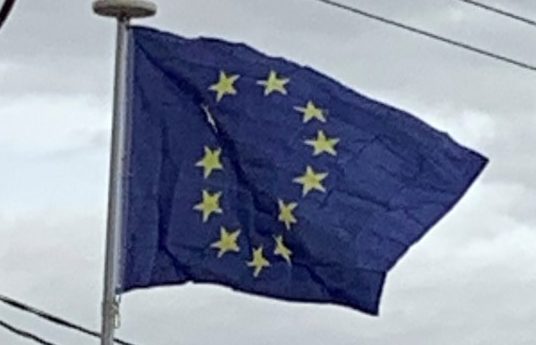Free movement of capital is intended to permit movement of investments such as property purchases and buying of shares between countries. Until the drive towards economic and monetary union the development of the capital provisions had been slow. Post-Maastricht there has been a rapidly developing corpus of ECJ judgements regarding this initially neglected freedom. The free movement of capital is unique insofar as it is granted equally to non-member states.
The free movement of persons means that EU citizens can move freely between member states to live, work, study or retire in another country. This required the lowering of administrative formalities and recognition of professional qualifications of other states.
The free movement of services and of establishment allows self-employed persons to move between member states to provide services on a temporary or permanent basis. While services account for 60–70% of GDP, legislation in the area is not as developed as in other areas. This lacuna has been addressed by the recently passed Directive on services in the internal market which aims to liberalize the cross border provision of services. According to the Treaty the provision of services is a residual freedom that only applies if no other freedom is being exercised.
Monetary Union:
The creation of a European single currency became an official objective of the European Economic Community in 1969. In 1992, having negotiated the structure and procedures of a currency union, the member states signed the Maastricht Treaty and were legally bound to fulfil the agreed-on rules including the convergence criteria if they wanted to join the monetary union. The states wanting to participate had first to join the European Exchange Rate Mechanism.
In 1999 the currency union started, first as an accounting currency with eleven member states joining. In 2002, the currency was fully put into place, when euro notes and coins were issued and national currencies began to phase out in the eurozone, which by then consisted of 12 member states. The eurozone (constituted by the EU member states which have adopted the euro) has since grown to 19 countries.
The euro, and the monetary policies of those who have adopted it in agreement with the EU, are under the control of the European Central Bank (ECB). The ECB is the central bank for the eurozone, and thus controls monetary policy in that area with an agenda to maintain price stability. It is at the center of the European System of Central Banks, which comprehends all EU national central banks and is controlled by its General Council, consisting of the President of the ECB, who is appointed by the European Council, the Vice-President of the ECB, and the governors of the national central banks of all 28 EU member states.

The European System of Financial Supervision is an institutional architecture of the EU’s framework of financial supervision composed by three authorities: the European Banking Authority, the European Insurance and Occupational Pensions Authority and the European Securities and Markets Authority. To complement this framework, there is also a European Systemic Risk Board under the responsibility of the ECB. The aim of this financial control system is to ensure the economic stability of the EU.
